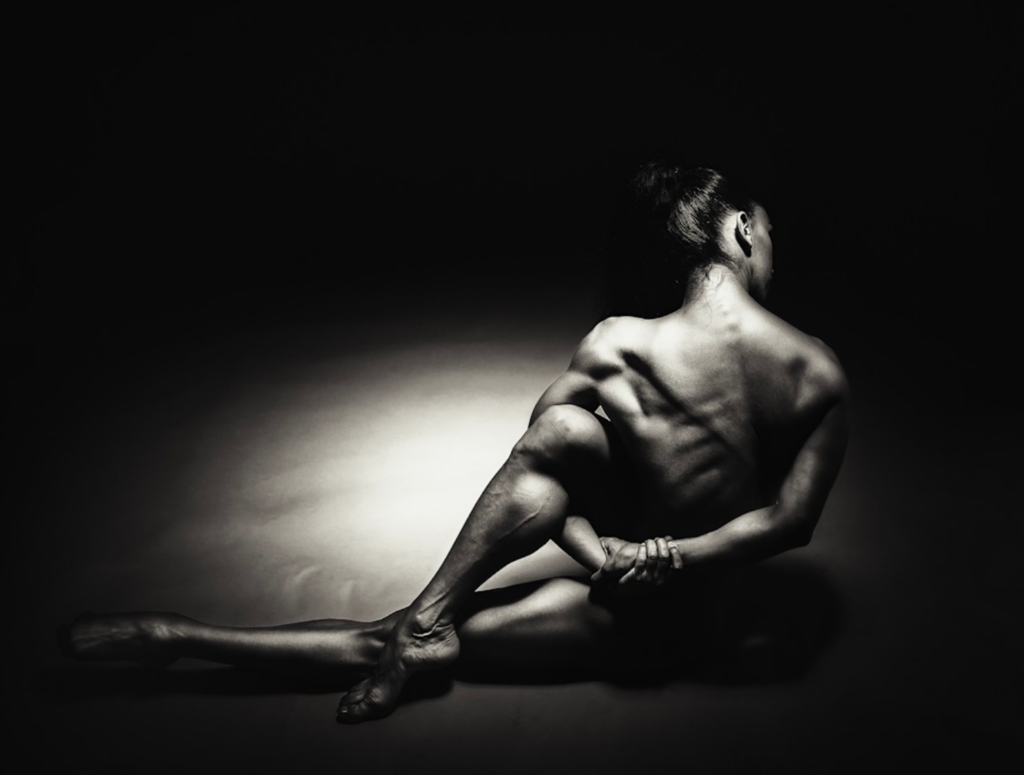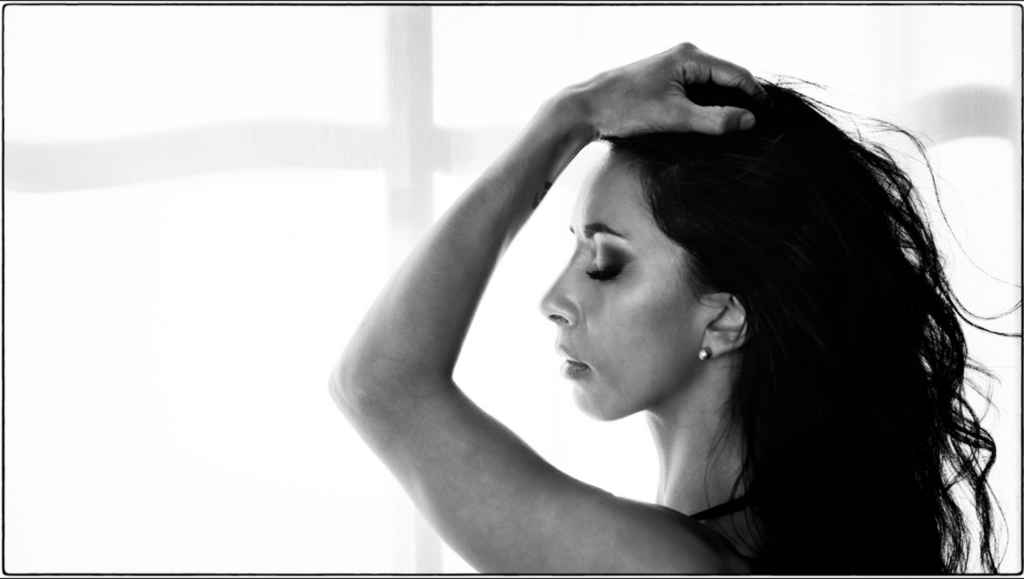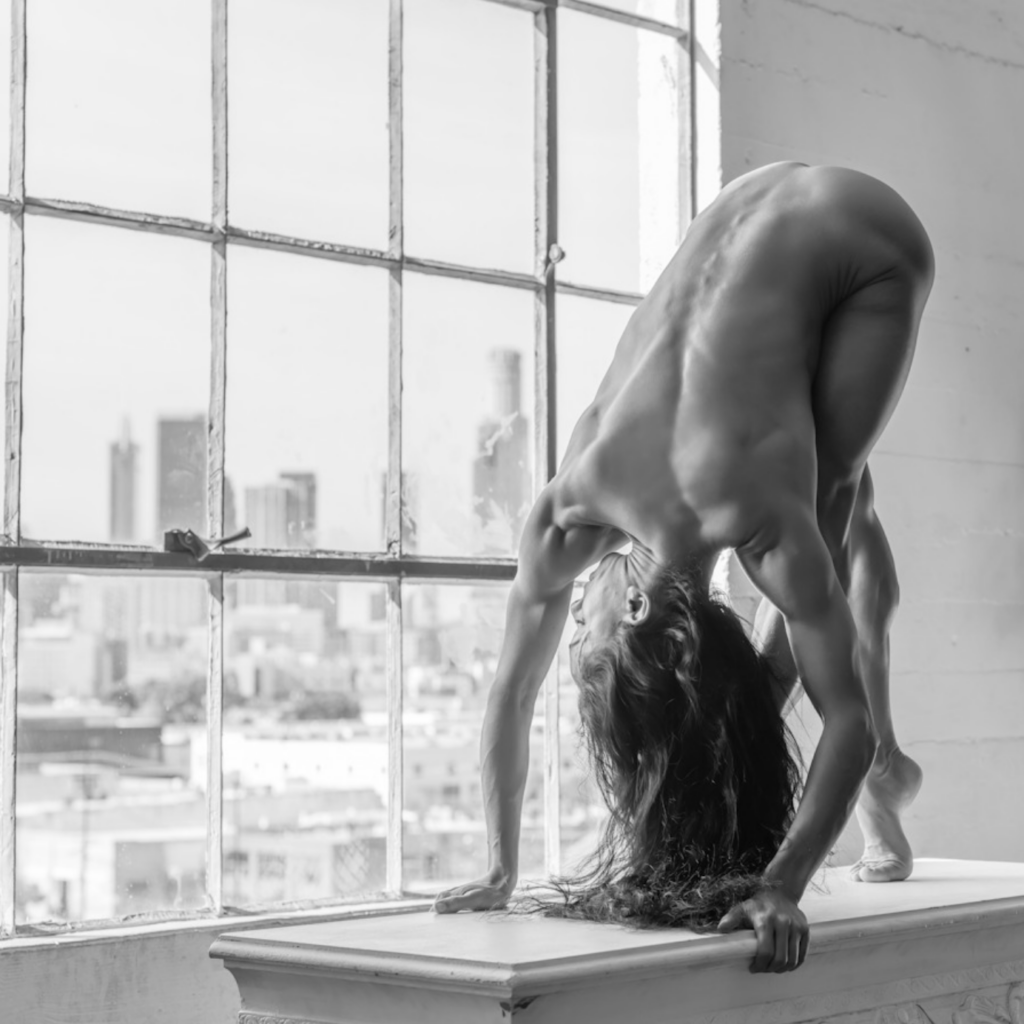
Does looking at vintage wedding photos fill you with nostalgia? Hardly anybody wishes they could magically change those photos into color images. Black and white photography has that classic style that never goes out of date. Some of the best photographers in the world choose to shoot in black and white, and it’s the leading choice for fine art photography.
Black and white photos have simplicity. Without color, layers of distraction are stripped away. The viewer focuses on the image’s composition, texture, and tones. This is especially true with fine art nude photography, where the viewer can more easily discern the lines and patterns the photographer created with the subject’s body.

In a black and white portrait, the viewer is drawn to the face of the subject. From that point, their focus goes to the eyes and their expression. This is when an emotional connection between the viewer and the subject is formed. The photographer captures kindness, hesitancy, or love as the subject looks into the lens. The photographer then accentuates those moods by adjusting the contrast levels within the image.

Black and white is a popular choice for portraits because these photos generate an atmosphere that allows the character and identity of the subject to shine. Photos filled with bright and bold hues can overwhelm the senses; when a picture is without color, you are left with an image that is simple yet soulful. It has more intensity than a color photo because of the emotion and intimacy it generates. Without the vibrancy of color, the viewer can concentrate on the subject with mindfulness.
It’s said that photography is all about the light, but black and white photography is about the shadows. Shadows add magic, mystery, and drama to an image. Looking for shadows and incorporating them into an image brings contrast and definition to the shot. Shadows can transform an everyday scene and take it into the realm of abstract art. You can play with the shades of gray to create a nuance or ambiance in the scene. Shadows suggest depth in an image, creating the impression of a third dimension. In black and white portrait photography, dark shadows make the subject stand out.

In a black and white photo, it’s easier to encourage the viewers’ eyes to your subject because any tangle of colors behind them fades into a background void. This reinforces the status of the subject in the image. Heinrich van den Berg, an award-winning photographer, once said, “Colour photography is like a novel that spells everything out in detail, whereas black and white photography is like poetry—its strength isn’t in what’s said; it’s in what’s left out.” In a few short words, Heinrich sums up the emotive power of this expressive format.
Black and white photography is a timeless art form with a rich history. It’s a powerful and creative medium that provides many challenges for the photographer and many rewards for the viewer. Black and white photography is here to stay.

